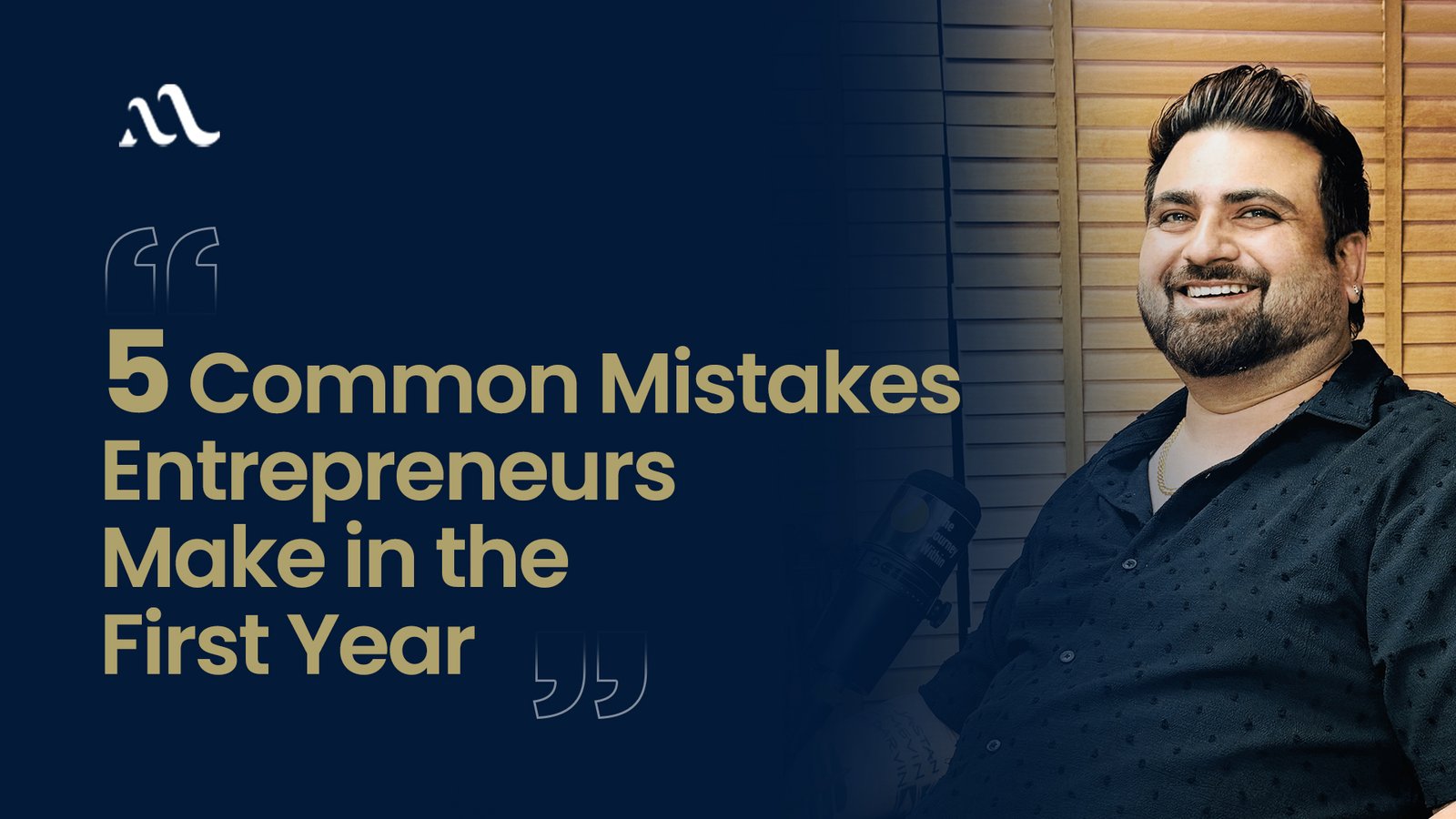In today’s rapidly-changing digital environment it’s not only about what it appears online. It’s what the user is to be interacting with. This is the point where the User experience (UX) comes in. Although it usually operates quietly on the side, it’s impact upon SEO optimization and brand perception is a powerful and undisputed fact.
When people visit your site They don’t pay attention to “technical SEO metrics.” They want a simple comfortable, seamless, and enjoyable experience. If they experience that both search engines and humans will be grateful to your site.

What Is User Experience (UX)?
UX is the general impression a user has when using your website or application. It’s all about design the flow of content, navigation and the comfort it provides.
A strong UX makes visitors feel:
- Convenient: Everything is easy to understand and locate.
- Secure: The site feels professional and reliable.
- Engagement: The content speaks directly to the needs of users.
If UX is easy to use and effortless, customers remain longer, engage more and establish a stronger bond towards your business.
How UX Influences SEO Optimization
You may think SEO is all about backlinks and keywords — but it’s not the whole truth. How people interact with your website directly impacts the way it ranks.
This is what you can do to (UX) quietly boosts SEO Optimization:
- Longer duration of visit: A pleasant experience will keep users browsing, indicating to Google that your website’s content is worth their time.
- lower bounce rate: A clear design as well as logic-based navigation, minimizes drops.
- Mobile Responsiveness An absolute must-have for the top positions and happy users.
- page speed: Pages that load quickly improve UX as well as SEO efficiency.
- Structured Layout Simple-to-use menus aid search engines and users navigate your site more effectively.
Search engines today reward websites that feel like they are people and not just technical optimized.

How UX Shapes Brand Perception
The website you have created is a digital signature. In just a few seconds, users decide whether they be confident in you. UX decides on that initial impression..
An excellent user experience helps build trust, whereas a poor one can turn people off.
Here’s how UX can impact the perception of brands:
- Trust and Professionalism: Clean, fast and visually appealing websites show trustworthiness.
- Connecting Emotionally: Thoughtful content and design help users feel valued and heard.
- Coherence: Unified colors, fonts and tones reinforce the brand’s image.
- accessibility: The inclusion of accessibility in the design proves you care about all users not just a few.
Positive perception of your brand begins when your website is comfortable and you takes the brand Consultancy.
Common UX Mistakes That Hurt SEO and Brand Image
Even the smallest UX mistakes can cause harm to the performance of both SEO efficiency as well as your brand’s perception. Be aware of:
- pages that load slow Users seldom need to wait longer then 3 secs.
- Confusion-ridden layouts are a nightmare for visitors and cause confusion.
- CTAs that are unclear Users aren’t sure what to click next.
- Links that are broken cause damage to as well SEO credibility and trust.
- Insisting on mobile optimization is a massive missed chance.
Making these small fixes immediately will improve how visitors and search engines perceive your website.

Designing a UX Strategy That Supports SEO
A successful website is one that is one that balances usability, beauty, and performance. Here’s how you can design an UX that improves Search Engine Optimization and brand perception:
- Know Your Customers: Understand what they want, look for and want from your site.
- simplify navigation: Menus should be short, and relevant.
- Improve Page Performance: Compress images and eliminate scripts that are not needed.
- Utilize A Clear Hierarchy of Visuals: Guide users naturally through your web pages.
- Check for Mobile-Friendliness: Test across devices to ensure consistency.
- adds Human Touch Friendly language, easy design, and clear attract attention and clicks.
A great UX does more than just draw visitors, it also builds the feeling of.
The Future: Experience as a Ranking Factor
While Google continues to develop, User Experience (UX) is becoming one of the top ranking factors in the new E-E-A T framework (Experience Expertise, Expertise, Authority, and Trustworthiness).
These search engines will more often are valued for:
- What do visitors are feeling about your website
- How fast can they locate the information they need?
- How quickly they can complete their actions
In the simplest terms UX is an SEO alternative.
When your website is a hit with visitors ranking naturally.

Conclusion
The most beautiful design is invisibly because it does what it is supposed to do. A well-designed user experience (UX) shapes how users feel and the way search engines rate you, and the way that people see your company’s image.
Making investments in UX isn’t just about designing. It’s about creating an easy, reliable and emotionally stimulating place where people are happy to remain. If your UX is good it will help you SEO optimization is improved as well, and your brand’s perception will be remembered.
FAQs Section
1. What is the impact of UX impact SEO Optimization? How does UX affect SEO Optimization?
UX increases the dwell time of your website, decreases bounce rates and makes your site SEO-friendly.
2. Does UX actually alter my brand’s Perception?
Absolutely, people think of the quality of design and ease of using with trust and professionalism.
3. What are the most important aspects of a good UX?
Clarity, speedy loading, easy navigation, and mobile-responsiveness.
4. How often should I check the UX on my site?
At least twice per year, or at the time you change either the layout or content.
5. Do you think investing in UX is always cost-effective?
Even minor improvements to layout speed, clarity, and consistency can have a significant impact.







